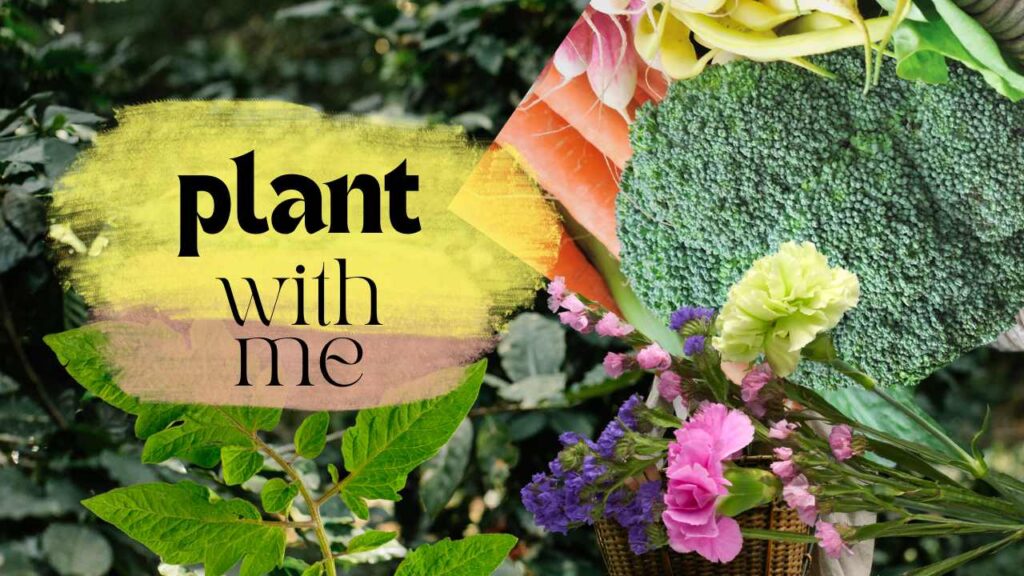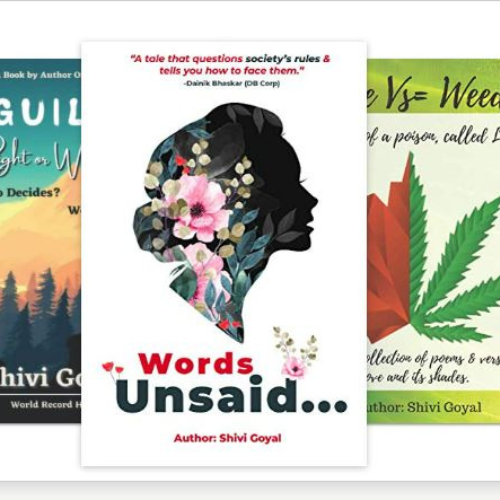Harvesting Cauliflower and Broccoli:
1. Timing is Key: Harvest cauliflower and broccoli when the heads are firm and compact. The cauliflower heads should be 6-8 inches long, while broccoli heads should be dark green and tightly closed.
2. Cutting Technique: Use a sharp knife to cut the heads, leaving a few inches of stem attached. This allows for regrowth and potential secondary heads to develop.
3. Leave the Plant: After harvesting the main head, leave the plant in the ground if it’s healthy. Secondary heads may develop, providing additional harvests.
4. Storing: Store harvested cauliflower and broccoli heads in the refrigerator, preferably in a perforated plastic bag, to maintain freshness for up to a week.

Recultivating Cauliflower from Seeds:
Save the Seeds: Letting one cauliflower plant mature fully allows seed pod development and promotes genetic diversity within your garden. Each plant may produce seeds with slightly different characteristics, contributing to a robust and resilient crop.
Seed Collection: Harvesting cauliflower seeds requires patience, as the pods need to fully dry on the plant before collection. Collecting seeds from multiple plants can increase the genetic variation in your seed stock, potentially enhancing the health and adaptability of future generations of cauliflower.
Seed Storage: Proper storage is crucial for maintaining seed viability. Airtight containers help protect the seeds from moisture and pests, while a cool, dry environment prevents premature germination or decay. Labelling the container with the seed variety and the collection date ensures easy identification and tracking.
Sowing: When sowing saved cauliflower seeds, following spacing recommendations ensures that each plant has enough room to grow and develop properly. Adequate spacing also reduces competition for nutrients and sunlight, promoting healthier plants and higher yields.
Nurturing: Consistent watering and sunlight are essential for successful germination and plant growth. Providing optimal growing conditions encourages strong root development and vigorous foliage, setting the stage for a productive cauliflower harvest.
Repeat: By allowing one cauliflower plant to go to seed again in subsequent seasons, you perpetuate the cycle of seed saving and cultivation. Over time, this practice reduces the need to purchase seeds and strengthens your connection to the land and the plants you nurture.
Creating a Sustainable Ecosystem:
1. Closed-loop Gardening: Participating in a closed-loop gardening system conserves resources and empowers you to take control of your food production from seed to harvest. By saving seeds from homegrown cauliflower, you’re growing food and nurturing a self-sustaining ecosystem in your backyard.
2. Biodiversity: Maintaining a diverse range of plants in your garden enhances its visual appeal and creates a vibrant ecosystem where pollinators and beneficial insects thrive. As these insects pollinate your cauliflower and broccoli plants, they contribute to increased yields and healthier ecosystems beyond your garden’s borders.
3. Soil Health: Growing cauliflower, broccoli, and other vegetables at home benefits soil health in numerous ways. As these plants grow and thrive, they contribute organic matter to the soil, improving its structure and fertility. Additionally, the diverse root systems of different vegetable plants help break up compacted soil, enhance water infiltration, and reduce erosion.
4. Environmental Impact: Embracing home gardening as a sustainable lifestyle choice has a ripple effect on the environment. By reducing reliance on store-bought produce, you’re minimising packaging waste and decreasing the carbon footprint associated with food transportation and industrial agriculture. Every cauliflower or broccoli head harvested from your garden represents a tangible step toward a greener, more sustainable future.
5. Educational Opportunity: Involving family members or community members in cultivating and saving seeds is more than just a gardening activity; it’s an educational journey. By sharing the joys and challenges of gardening, you’re fostering a deeper understanding of sustainable practices and food systems. Together, we can cultivate a generation of eco-conscious individuals committed to stewarding the planet for future generations.
Closing Remarks: So, why wait? Start your journey towards a more sustainable lifestyle today by embracing the beauty and abundance of home gardening. Whether you have a spacious backyard or a small balcony, there’s always room to grow something green and positively impact the planet. Let’s sow the seeds of change together and reap a harvest of health, happiness, and sustainability for all! 🌱💚
#SustainableLiving #GrowYourOwn #SeedSaving
Keep Smiling & Be Graced!!
Facebook | Instagram | YouTube | Goodreads | Artwork | Books | Journals – Diaries – Notebooks | Author Central Page | LinkedIn
For collaboration, workshops and to come as a guest at my podcast please hit an email – spiritedblogger707@gmail.com


